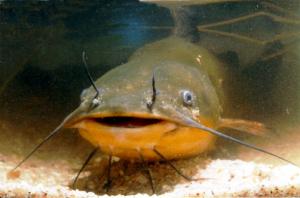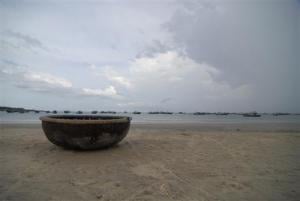Mekong’s Largest Freshwater Fish Threatened by Extinction

One of the largest species of freshwater fish that thrive in the Mekong River is now at risk for extinction. In the entire world, there are only ten giant freshwater fishes that currently exist, of which, four freely swim around the waters of Cambodia, China, Laos, Myanmar, Thailand and Vietnam. The free-flowing water and other favorable conditions of the Lower Mekong River had allowed the rarest species to thrive and nourish. However, it seems like such won’t be the case for long. Compared to its numbers from some two decades ago, the population of the Mekong giant catfish has plummeted 90 percent and is now considered at the verge of extinction.
The threats to their existence are coming from different sources including infrastructure development and overharvesting. Navigation projects have destroyed critical spawning grounds and siltation have also had an impact. But the hydropower dams and large tributaries are by far, considered to be the most responsible for endangering these rare species. Spawning grounds and habitats are largely disturbed by the operations, preventing them from returning to their spawning grounds and even limit opportunities to breed. They also stop the fish from migrating to the water area. Instead of looking at larger numbers over time, authorities are now afraid its population will diminish faster than it is now. With more plans of developing around 11 dams on the lower Mekong mainstream, including the Sayabouly hydropower dam in Laos, more pressure on the migratory fish species is also underway. Climate change may have also exacerbated the situation.
The WWF (World Wide Fund For Nature) have made efforts dedicated to the conservation of the Mekong giant catfish. Apart from supporting the move to delay the approval of the mainstream dams, it had also implemented projects to ensure that environmental and social impacts are taken into account in the development of additional hydropower infrastructure. In partnership with other organizations including the Mekong River Commission (MRC) and the Asian Development Bank (ADB), its Living Mekong Program is among their best conservation strategy to ensure the survival of the catfish. Along with that, they had widened research and monitoring programs and raised awareness of the Mekong community to allow millions of people who live along the Mekong mainstream to recognize the rare opportunity to conserve these freshwater giants and ensure their livelihoods. With these projects and the people’s cooperation, there is hope that the challenges the rare fish population is currently facing would somehow be addressed.









